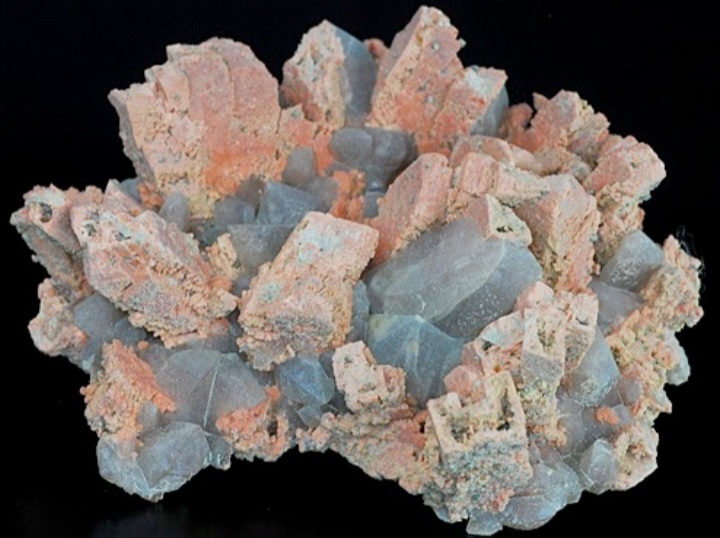Earth Treasures: Orthoclase

By Chisom Ibemere
Orthoclase also known as Orthoclase feldspar is a common feldspar mineral that has been in existence and used for thousands of years. It is a tectosilicate mineral that forms igneous rock. It was first described in German mineralogist Friedrich Mohs in 1801. It belongs to the alkali felspar group including other minerals like microcline and sanidine.
Orthoclase occurs in a variety of geological settings, including igneous and metamorphic rocks. It is a common constituent of granite, syenite, and gneiss. It also occurs in sedimentary rocks and as a weathering product of other minerals. Major deposit of orthoclase occurs in countries such as Brazil, Canada, Finland, India, Russia, and the United States.
Orthoclase typically exhibits a glassy to pearly luster and has a hardness of 6 on the Mohs scale. It has a monoclinic crystal structure and often forms elongated, prismatic crystals. Orthoclase has a white to pale yellow color, but it can also range from pink to brown due to impurities. It has a low specific gravity and perfect cleavage in one direction.
Orthoclase is used in industries and can also be used for decorative purposes. It is used in ornamental carvings because of its lustre and attractive colour. It is a component of ceramics such as porcelain and pottery as it improves the workability of clay and reduces the melting temperature. In the construction industry, orthoclase-containing rocks such as granite are commonly used as building materials and decorative stones.
The global value of orthoclase depends on its quality, quantity, and market demand. As a gemstone, orthoclase is not as widely recognized or sought after as other feldspar minerals such as moonstone or labradorite. Therefore, its value as a gemstone is relatively modest.
As a component of ceramics and construction materials, orthoclase has significant industrial value. The overall global value of orthoclase is influenced by factors such as supply and demand, regional availability, and economic conditions.
